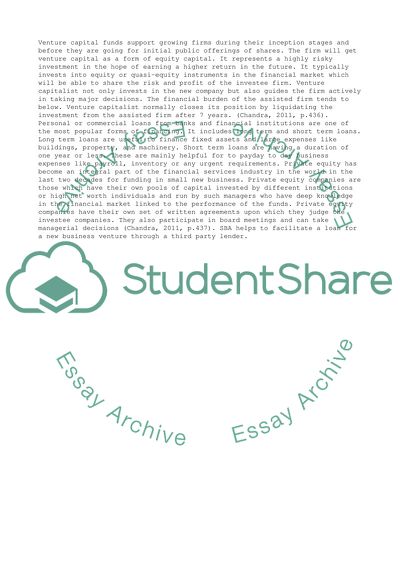Cite this document
(“Managing financial resources and decisions Essay - 1”, n.d.)
Retrieved from https://studentshare.org/business/1636195-managing-financial-resources-and-decisions
Retrieved from https://studentshare.org/business/1636195-managing-financial-resources-and-decisions
(Managing Financial Resources and Decisions Essay - 1)
https://studentshare.org/business/1636195-managing-financial-resources-and-decisions.
https://studentshare.org/business/1636195-managing-financial-resources-and-decisions.
“Managing Financial Resources and Decisions Essay - 1”, n.d. https://studentshare.org/business/1636195-managing-financial-resources-and-decisions.


